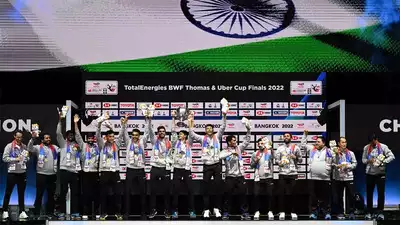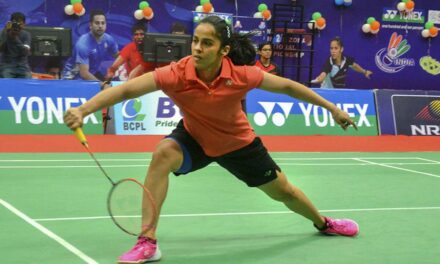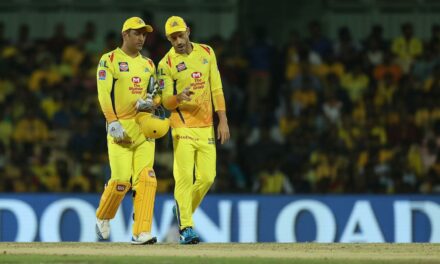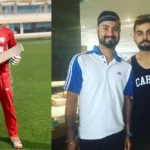
Lord’s Test applauds to Cheteshwar Pujara’s ‘Block-buster’ knock
To the cheers of the Sunday crowd, Cheteshwar Pujara blocked the 100th ball he faced in the innings. How he did most of his fighting painstaking strike, as he did when he scored his first throw from the 35th ball he faced, as he did when he took his first boundary off the 117th innings.
To each of this round of applause—not to be mistaken with sarcastic cheers—he would raise his gloved thumb, or let out half a smile or crack a joke with his partner.
He was neither overawed nor over-conscious to alter his means or methods, but locked in an intense battle of survival. Surviving for his team, surviving for himself, a battle he could not afford to lose, neither for himself nor the team.
Pujara was dealing with the situation in the best way he knew, by sticking to his biggest strengths, by trusting his defence and discipline. Just like hitters hit out of a rut, blockers would look to block out of their rough.
But neither can he blast himself into form like Virender Sehwag nor could Sehwag block himself out of form like Pujara. There is no definite template to reviving form, it’s entirely upon a batsman’s instinct. His strike rate—21.84—and its bearings on the game will be dissected and critiqued, but in a dire phase of his career, he would not have turned into Sehwag or Kohli overnight. It should also be read in the context of the game—another wicket then would have imperilled India.
So he rolled out some captivating duels. James Anderson probed and persisted. He tested both edges, swung and seamed both ways, used the upright seam and the wobble seam, harnessed conventional and reverse swing, mixed his lengths – but Pujara didn’t flinch.
Unlike in the last two instances, he succumbed to Anderson in this series, he was not tricked by the inward angle (before the ball slides away fatally). He was looking to defend in front of the stumps, and not towards the mid-on, as is his inclination. Besides, he was defending beside the body and not in front of it. The front-foot did come across a few times, but the stride was more pronounced and definite. He still played and missed a few, Anderson teased him in the post-tea session, but he was resolute. And when Anderson erred fractionally on the shorter side, he rode the bounce and steered it past the point fence, again to rippling applause, who seemed to have cultivated a genuine fondness for Pujara and his sweat to rediscover his form and runs.
The foremost threat negotiated, he blunted the rest without much fuss. Mark Wood’s pace was dealt adeptly, until the 206th ball he faced, which exploded off a good length and took his glove; Ollie Robinson’s seam movement and lift was negated with delicate hands; Sam Curran’s left-handed menace neutered with watchful leaves; the temptation of quick runs Moeen Ali promise didn’t lure him into something silly.
There, though, were shrewdly-designed traps laid for him. He kept abreast of them all, navigating the field of mines like an expert mine-diffuser. For much of the second session, when Robinson and Wood were bowling, they placed a triangle of fielders in his leg-side vicinity. Often, a square leg-gully, a deep short leg and shortish midwicket, and they would bowl back-of-length at his body, in case one bobbled in the air from the top half of his bat. He had perished a few times in this manner in Australia. But here, on a comparatively slow wicket, he smothered the bounce. Wood would then set a field that telegraphed short-ball barrage—men in the deep and 3-6 field, but then would slip in fiendishly in-swinging corkers at 90mph. But Pujara would have some part of his bat in time to abort its stump-ward hustle, illustrating his resolve as much as reflexes.
In his quest for redemption, he shelved his well-worn template of accelerating after kicking onto 20s or 30s. Some of his boundaries-bound strokes were intervened, Anderson at point was the frequent intruder, but he didn’t let the pressure of not ticking the scorecard burden him. He stole singles, called with clarity, and ran with purpose, and in the process kept India in the game, and probably bought himself some more time to salvage his career.

















